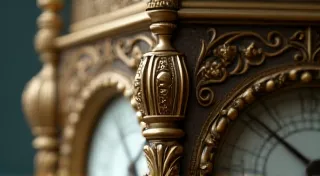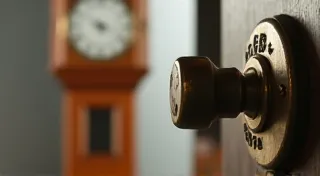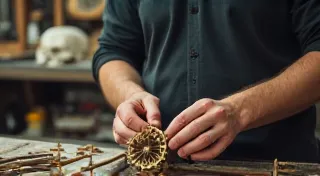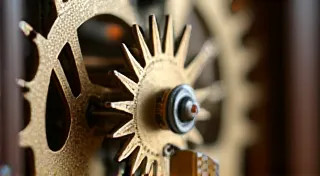Dealing with Rust on Antique Clock Movements: Removal & Prevention
Rust is a common enemy of antique clocks, especially those housed in less-than-perfect environments. It can quickly damage delicate clock movements, impacting their functionality and detracting from their beauty. Fortunately, with careful techniques and preventative measures, you can effectively deal with rust and keep your antique clocks ticking smoothly. This guide covers safe and effective rust removal and provides tips to prevent future corrosion.
Understanding the Problem: Why Rust Forms
Rust, chemically known as iron oxide, forms when iron (the primary metal in many clock movements) is exposed to oxygen and moisture. Humidity, condensation, and even just the natural oils from your hands can accelerate the rusting process. Clocks stored in damp basements or attics are particularly susceptible. Internal lubrication can also contribute, as it provides a medium for moisture to linger. The overall environment plays a huge role, and sometimes, maintaining proper humidity levels can be a significant challenge. For detailed advice on managing humidity, you can explore the importance of humidity control for antique clocks.
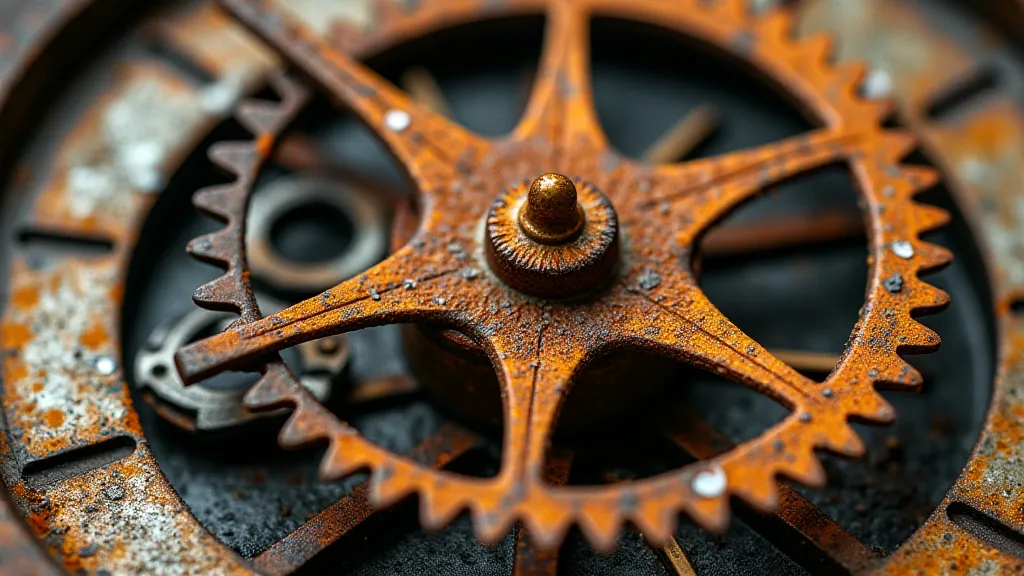
Safe Rust Removal Techniques
Important: Always work slowly and methodically. Never use harsh chemicals or abrasive tools that could further damage the movement. Test any cleaning method on a small, inconspicuous area first.
1. Gentle Cleaning with Mild Solutions
Start with the least aggressive method: a mild soap and water solution. Use a soft-bristled brush (like a toothbrush) to gently scrub away loose rust. Rinse thoroughly with distilled water and dry completely. This is often effective for light surface rust.
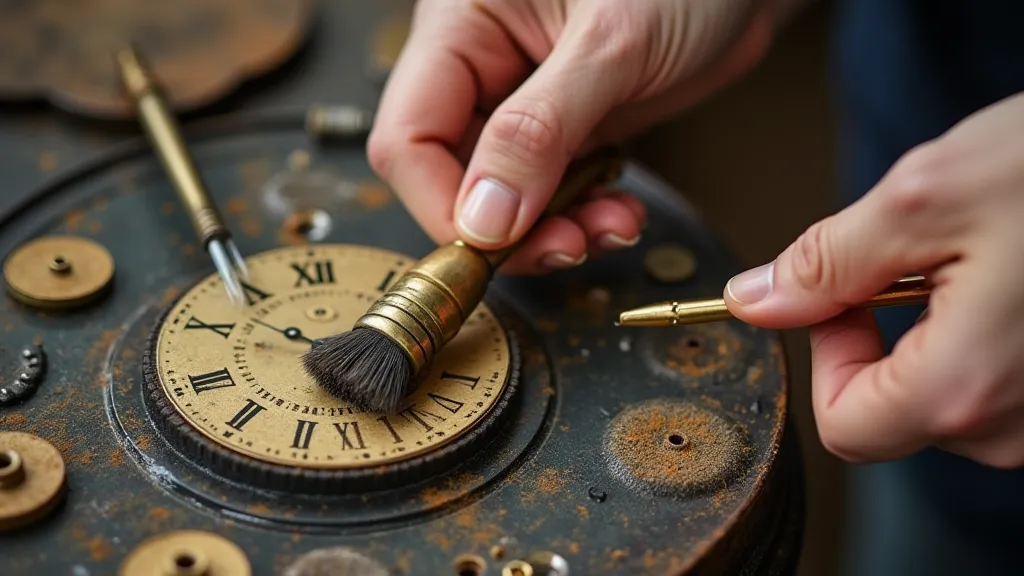
2. Vinegar Soak
Vinegar (acetic acid) is a relatively safe and effective rust remover. Submerge affected parts in white vinegar for several hours or overnight. The duration depends on the severity of the rust. Check frequently to avoid over-soaking, which could damage other components. Rinse thoroughly with distilled water and dry completely. Caution: Vinegar can etch some metals. Test it first!
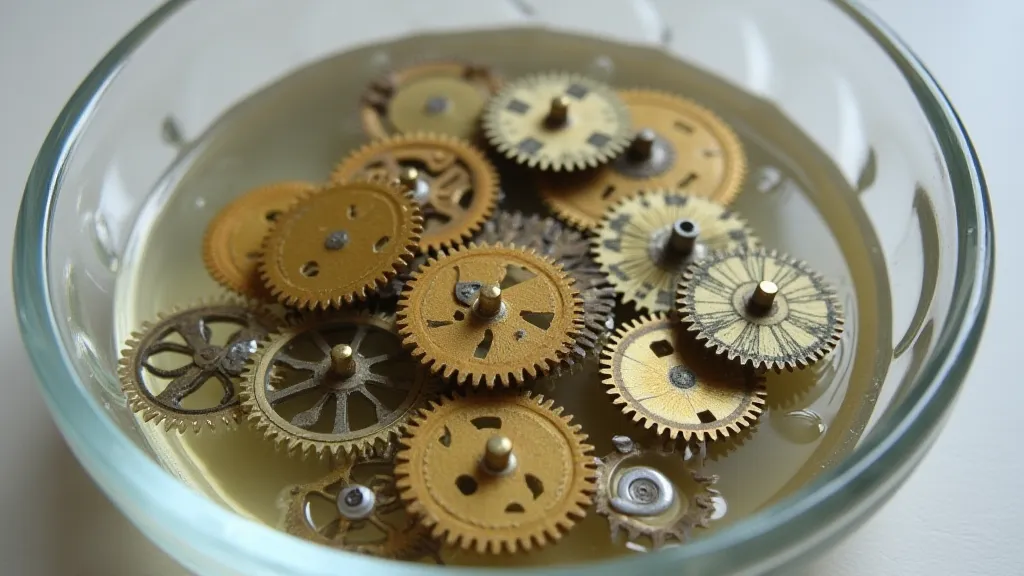
3. Evaporust
Evaporust is a commercially available rust remover that’s generally considered safe for delicate metals. It’s an environmentally friendly alternative to harsh chemicals. Follow the manufacturer's instructions carefully. Rinse and dry thoroughly.
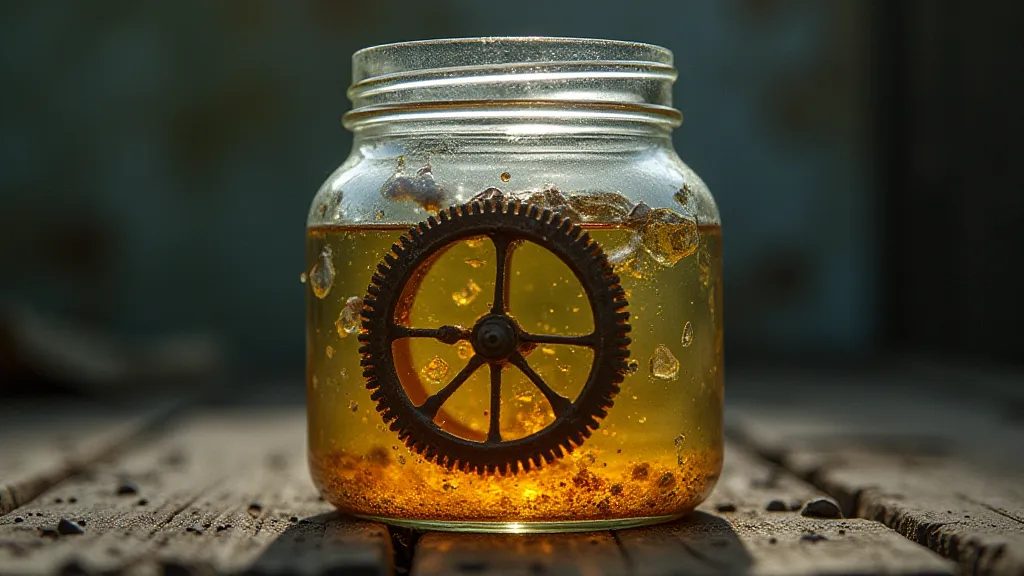
4. Mechanical Removal (Use with Extreme Caution)
For stubborn rust, you *might* consider very gentle mechanical removal using tools like dental picks or fine brass wire brushes. This should only be attempted by experienced individuals as it’s easy to scratch or remove vital metal. Use a polishing compound designed for delicate metals to minimize scratches. Avoid sanding or grinding, as these are too aggressive. Often, the elaborate detailing on antique clocks, like intricate finials, requires specialized cleaning techniques, and it's a delicate process - you can learn more about cleaning and preserving delicate clock finials and ornamentation.
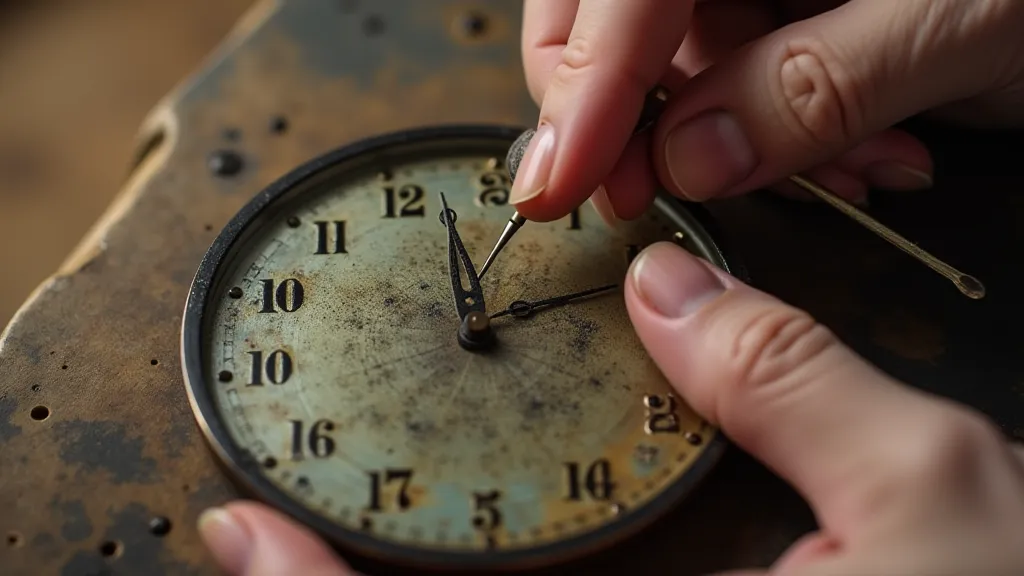
Preventing Future Rust
Removing rust is only half the battle; preventing its return is crucial. Here’s how:
- Control Humidity: Store your clocks in a dry environment. Use desiccant packs inside the clock case to absorb moisture. Understanding precisely how humidity impacts clock movements is key to long-term preservation.
- Regular Cleaning: Dust and clean your clock regularly, paying attention to areas where moisture can accumulate. This includes not just the visible surfaces, but also within the movement itself.
- Lubrication: Use clock oil specifically designed for antique clocks. Avoid over-oiling, as excess oil can attract dust and moisture. The right type of lubrication is critical for smooth operation and prevents future corrosion.
- Protective Coatings: Consider applying a thin layer of protective oil or wax to exposed metal surfaces. Be sure to use products compatible with antique metals.
- Storage: If you’re storing a clock for an extended period, wrap it in acid-free paper and store it in a climate-controlled environment.
Beyond simple cleaning and lubrication, appreciating the intricacies of antique clock mechanisms is paramount. Even seemingly minor issues, like a slightly misaligned escapement, can contribute to accelerated wear and tear, and ultimately, rust. If you're interested in learning more about these crucial components, you might find understanding and adjusting clock escapements: a beginner's guide incredibly helpful.
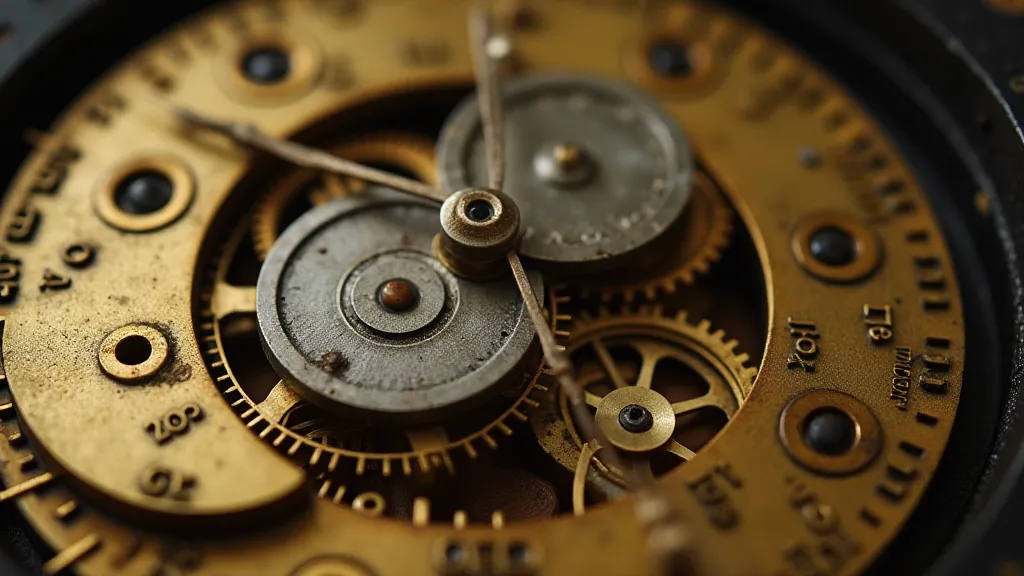
Deeper Dive: Identifying Clock Movement Types
The method of rust removal and preventative measures can also be influenced by the type of clock movement present. Different movements utilize varying materials and construction techniques. For instance, a verge escapement movement will have different vulnerabilities compared to a lever escapement. To properly diagnose and address rust issues, it's helpful to be able to identify these movement types. A great starting point is learning to visually identify the different variations – there are countless resources available online that can aid in this process. Recognizing the style and materials used can significantly inform your cleaning and preservation efforts.
Final Thoughts
Dealing with rust on antique clock movements requires patience and a delicate touch. By understanding the causes of rust, using safe removal techniques, and implementing preventative measures, you can preserve the beauty and functionality of your treasured antique clocks for generations to come. If you’re unsure about any aspect of the process, consult with a professional clock repair specialist. Remember that these mechanisms are marvels of engineering, and proper care is essential for their longevity. Sometimes, the identification process alone can be complex, but it's a vital first step. For a more detailed look at the vast world of clock movements, you can refer to guides on identifying different types of antique clock movements: a visual guide.
